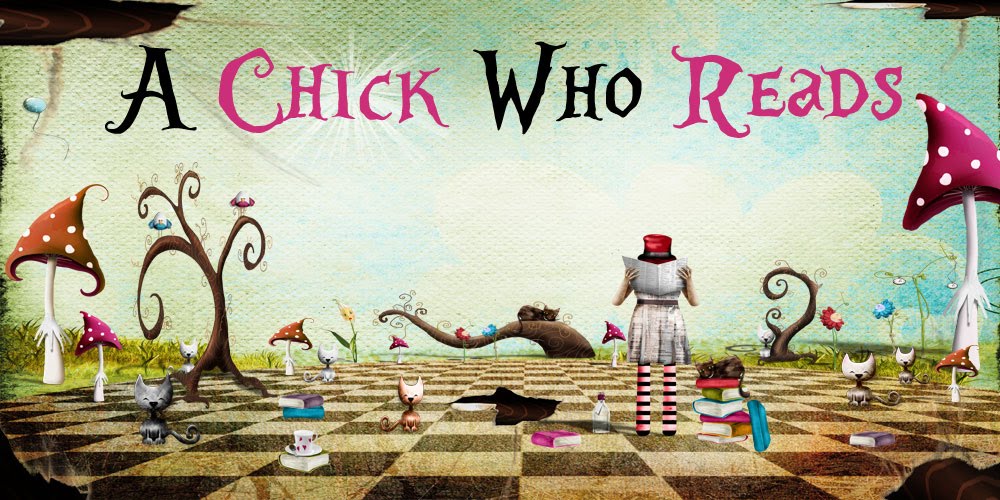A Conversation with
C.W. Gortner about THE TUDOR CONSPIRACY
What was the
inspiration for The Tudor Conspiracy
and its hero, Brendan Prescott?
After writing the first Spymaster novel The Tudor Secret, I
realized I had set the bar high for Brendan. He’d discovered his painful past,
safeguarded Elizabeth, for the moment, and made a lifelong enemy of the
Dudleys, including his former master, Lord Robert, now imprisoned in the Tower.
While planning this second book, reading further into the history, I realized that
the time following Mary Tudor’s accession was ripe with possibilities. The
first woman to become a sovereign of England after hundreds of years, Mary is
known today mostly as a vengeful queen who burned Protestants, Bloody Mary.
However, she began her reign with popular support, the daughter of Henry VIII
and his Spanish wife, Catherine of Aragon, whom many common folk still revered.
So, how did Mary progress in such a short span from popularity to deeply
dividing and persecuting her people? And how did she develop such hatred for
her half-sister Elizabeth, whom she helped raise? We tend to see these
characters in broad strokes, with the benefits of hindsight, but people usually
change in increments, propelled by circumstances. Some, like Elizabeth, learn
to be pliant. Others, like Mary, resist. Likewise, Mary’s betrothal to Prince
Philip of Spain set the stage for the Wyatt revolt, an often overlooked yet
dramatic event that created havoc. I knew Brendan had an adventure here, in
this crevice of history, when Mary’s Catholicism takes a decidedly lethal bent,
alarming many Protestant nobles, whose actions put Elizabeth in peril. This
timeframe also allowed me the opportunity to reconnect with characters whose
fates hung in the balance at the conclusion of the first novel and to further
develop Brendan’s trajectory as a reluctant but uniquely able champion for
Elizabeth.
To what extent did
you stick to facts in writing The Tudor
Conspiracy?
In this book, I weave separate threads into the plotline:
The first involves Mary’s betrothal to Philip of Spain and subsequent unrest
among her Protestant subjects. I have not so much altered facts in this thread
as re-interpreted them from another perspective, conjecturing how some major
players, like Edward Courtenay, might have been involved. In the second thread,
I speculate on what Elizabeth’s role may have been in the plot to depose her
sister. Historians remain divided on how much she knew and if she was an active
participant; I sought to look at her actions through the prism of how she might
have felt at the time. We tend to forget that while Elizabeth was Mary’s heir
by their father’s Act of Succession, it was by no means certain she would ever
inherit the throne. Mary was arguably still young enough to produce a child
that could supplant her; the queen’s decision to wed a foreign Catholic prince
must therefore have deeply disturbed the princess. The pressures brought to
bear upon her by Mary, as well, to convert to Catholicism, coupled with what
amounted to close captivity at court, may have produced extreme caution in her
behavior. Or, it could have stretched her to the breaking point. Again, the
facts are unknown. Elizabeth paid a high price for the Wyatt revolt, as did
Jane Grey and others, but she never elucidated her position in the years to
come. I do not alter what is known about Elizabeth’s character but I did work
out my own analysis of her motivations. In the third thread, I create a
fictional plotline that intersects with the above, involving Brendan, who must
return to court to help Elizabeth and there, finds himself acting as
double-agent charged by the Imperial ambassador to find evidence that will
condemn the princess. While nothing in The Tudor Conspiracy contradicts what
happened in the winter of 1554, I do give these events my own unique spin to
reveal what might have transpired behind the history.
Can you tell us more
about this fascinating rivalry between Mary and Elizabeth?
There is something innately fascinating and disturbing about
family members who turn on one another. The Tudors are no exception. This was a
relatively small family unit; Henry VIII did not sire many children,
considering how often he wed, and it is surprising because of this to see how
very different his daughters were. Mary
was his first surviving heir, who went from a childhood of being adored and
pampered to a horrifying adolescence in which she was declared a bastard, saw
her beloved mother Catherine of Aragon supplanted and exiled by Anne Boleyn,
and found herself humiliated and relegated to the status of a servant in
Elizabeth’s household. The scars of Mary’s teenage years cannot be
underestimated. She clung to her faith out of obstinacy and genuine belief that
to surrender would imperil her soul; her capitulation after her mother’s death
must have traumatized her even further.
Elizabeth, on the other hand, had far less time to enjoy
indulgence. She was barely three when her mother was beheaded and she was made
illegitimate. A famous quip from this time has been attributed to her when
informed of her new status: “How is that yesterday I was Princess Elizabeth and
today only Lady Elizabeth?” Young as she was, she had a keen grasp of her
situation. She grew into womanhood surrounded by danger and became adept at the
games of survival, aware that one misstep could lead to her doom, her mother’s
example always before her.
Both sisters understood the perils intrinsic to life at
court, but while Elizabeth learned quickly to play the cards dealt to her, Mary
remained steadfast in her innate right to stand above the crowd. They both
shared courage as issue of Henry VIII and two formidable, if antithetical
mothers, but their life experiences were disparate, and ultimately, their
differences were too formidable to overcome.
Why do you think
readers are so drawn to the Tudors?
Well, we have these larger-than-life characters, straddling
a relatively brief dynasty in an era of tumultuous change. The 16th century in
of itself is endlessly fascinating, when sovereign powers clashed, religion was
challenged and recast; and the rapine of a new world fed enthusiasm and
competitiveness. The Tudors are also considered by some to be usurpers who
overthrew the last Plantagenet in an act of war to seize the throne. We have a
cunning father who consolidates his hold on a broken kingdom by marrying the
daughter of the very family he has overthrown, followed by the glamorous,
tragic, and ultimately monstrous reign of his son, Henry VIII, whose marital
foibles would be unbelievable if they were not true. But I believe what most
draws us to the Tudors are their women, for in this family we find many
iron-willed, capable and deeply passionate women, both behind and in front of
the throne. Disarming in their strengths and devastating in their weaknesses, the
Tudor women —both by blood and those who married into the family— offer us an
endless fount of inspiration and drama. We all have our favorites and they
continue to live because we breathe life into them through our imagination.
Are you currently
working on another book in this series?
Yes. I’m currently working on the third book, in which
Brendan must contend with an unexpected secret and assassination plot on the
eve of Elizabeth I’s coronation.














0 comments:
Post a Comment